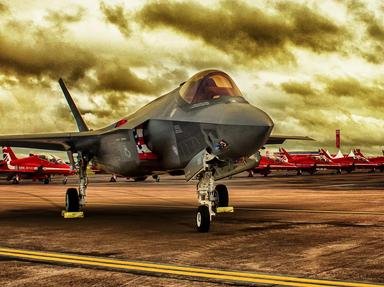
Order of Formation III Trivia Quiz
Most of the infantry regiments of the modern British Army have undergone amalgamations and mergers over their history, but a few no longer exist at all. Can you put these now disbanded infantry regiments into the order of their formation?
A label quiz
by Red_John.
Estimated time: 4 mins.
